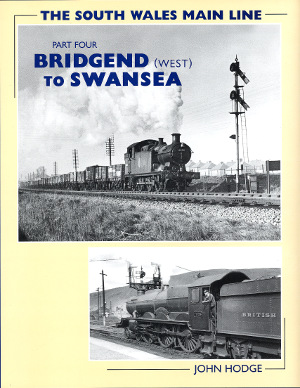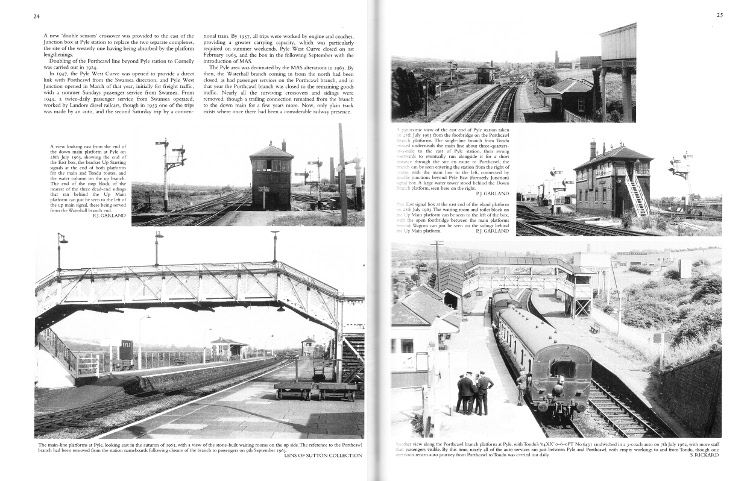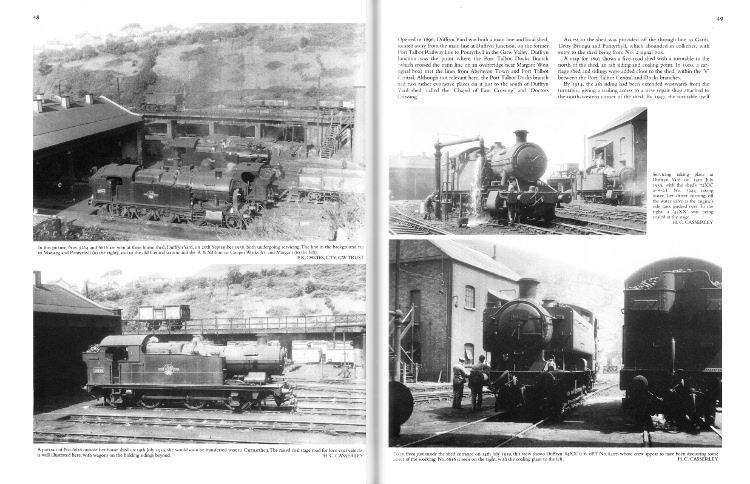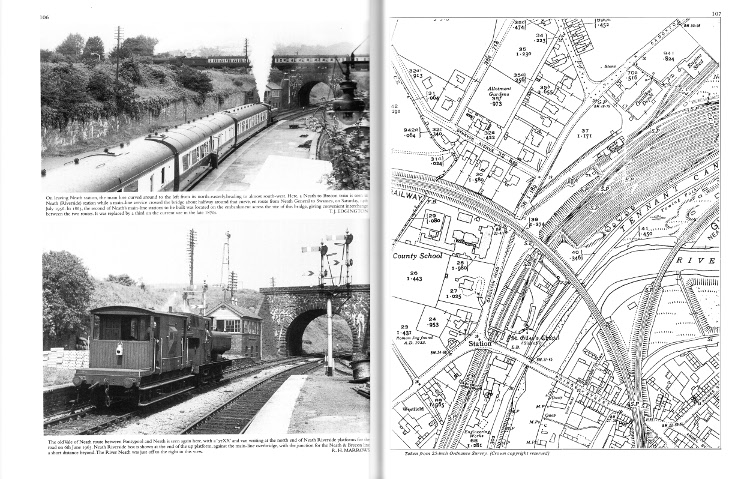Wild Swan Books
The South Wales Main Line
Part Four - Bridgend (West) to Swansea
John Hodge

Hardback - 100 pages - £28.95
Contents- Stormy Down & Pyle
- Margam & Margam Station
- Duffryn Yard MPD
- Port Talbot
- Briton Ferry
- Court Sart Junction
- Neath (Court Sart) MPD
- Neath General
- Skewen & Skewen East Junction
- Llansamlet
- Landore Viaduct
- Landore Station
- Landore MPD
- Hafod & Loop East Junctions
- Swansea High Street
Beyond Bridgend, the South Wales Main Line passed through an area of unspoilt countryside before gaining the Swansea Bay coastline and moving into a major centre of heavy industry. The route was also one of physical contrast, with the gentle hills of south Glamorgan giving way to a coastal strip bordered by mountainous terrain.
In this book, John Hodge examines the western part of the route into Swansea during the 1950s and 60s. Following the established format, an historical introduction brings the area under consideration into focus, and includes many historical views of the station at Swansea (High Street) as well as other points of significance and interest. Then, the main body of the work takes the route westwards out of Bridgend, climbing the bank to Stormy Sidings and descending through Pyle, junction for the Tondu & Porthcawl branch. The presence of heavy industry in the area is first suggested by the massive yard complex at Margam Moors, which marked the southern approaches to Port Talbot. As well as a study of the station area, the opportunity is taken to view the nearby engine shed at Duffryn Yard, which supplied locomotives for main line freight and shunting duties in the area.
Following the coast northwards, the route continues through the sites of the old and new stations at Briton Ferry to Court Sart Junction, where the line into Swansea Docks and a direct access to the Swansea District line left the old main line. After pausing to examine Neath engine shed, the main line is followed into Neath station, with its Connection to the Vale of Neath route. Leaving Neath, the line turns sharply westwards, crossing the River Neath, and glimpses are afforded of the old Neath & Brecon line. Running inland, the South Wales Main Line continues through Skewen, beyond which the Swansea District line parted company, and on through Llansamlet towards Landore. Crossing Landore viaduct, the route passes through the station, at the western end of which the branch to Swansea turned southwards, leaving the main line to continue westwards to Llanelly and Carmarthen. After a study of Landore shed, the run into Swansea High Street is covered in detail, finally terminating at the station.
This volume takes us from the outskirts of Cardiff General and Canton through the suburb of Ely and into the countryside beyond. The railway passes through the delightful rural areas around St.Fagans and Peterston as it follows the Ely River valley to the northwest, passing the Miskin Loops on its way to the junction station of Llantrisant, with its branch connections to Cowbridge, Penygraig and Pontypridd, as well as to mineral lines in the vicinity. Llantrisant was on the southern edge of the South Wales coalfield, and the area around the Station displayed its connections with that industry. Leaving Llantrisant, the main line climbed to Llanharan, which was also involved in coal mining, with its branch to Tondu and a number, of collieries diverging off the main just before the station is reached. From Llanharan, the line descends through Bryn-y-gwynon and Pencoed, once more passing evidence of mining, and enters Bridgend, some twenty miles from Cardiff.
Example Two Page Spread [1]

Example Two Page Spread [2]

Example Two Page Spread [3]
